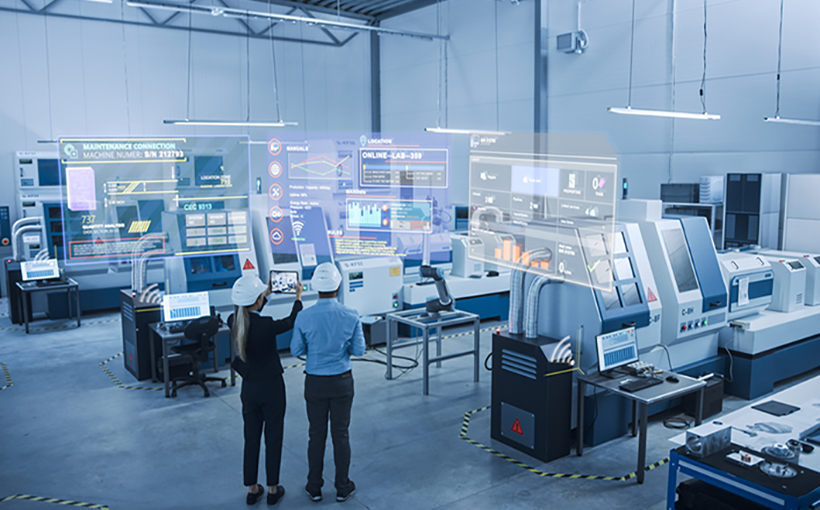In the past, the United States was a hub for manufacturing and had a high number of jobs in this sector. However, with the rise of outsourcing and offshoring in the late 20th century, many manufacturing jobs were moved outside of North America.
But now, there is a shift towards bringing more manufacturing back to North America. A recent report by Newmark titled “Manufacturing Momentum: The Rise of Advanced Manufacturing in North America” explains why countries like U.S., Canada and Mexico are becoming attractive destinations for manufacturers. This first installment in a three-part series also highlights where this growth is happening and its impact on construction spending.
Defining “Advanced Manufacturing”
The report acknowledges that there are various definitions for advanced manufacturing but generally it involves using technology to improve production processes. However, certain sectors such as high tech/digitization, automotive/transportation , energy ,and biomanufacturing have emerged as highly innovative with support from legislation and subsidies.
As per data since 2020 , these segments have received over 90%of significant investments pledged .
Reasons Behind The Growth
Several factors are driving this momentum according to the report:
1) Supply chain disruptions – Geopolitical tensions or natural disasters have exposed vulnerabilities within global supply chains prompting companies to bring production closer through reshoring or nearshoring initiatives.
2) Federal legislative assistance – Recent acts like Infrastructure Investment & Jobs Act (2021), CHIPS Act & Science Act (2022) provide incentives encouraging manufacturers(and suppliers )to stay within US borders .
Where Is This Growth Happening?
Newmark analysts reveal that almost every state has seen some level of benefit from recent announcements related to new factories . Arizona & Texas lead when it comes total investment ($120 billion combined ) while Texas Georgia&North Carolina top charts when it comes major announcements related specifically towards setting up new factories .
Important geographic factors contributing towards growth include availability land,cost-effective power, efficient logistics infrastructure , access to skilled labor and business-friendly policies.
By The Numbers
The report highlights that private manufacturing construction spending has increased by 64.7% annually as of June 2023 . This is a significant jump from April 2023 when construction spending surpassed $100 billion for the first time .
In terms of square feet ,the manufacturing development pipeline has already reached new heights in mid-2023 despite challenges like rising construction costs and obtaining financing which have impacted other CRE classes.
This article was originally published on Connect CRE.




